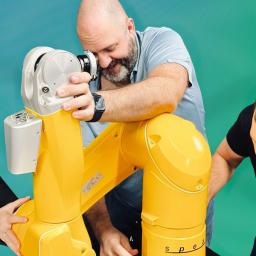 |
by Joanna Goodrich on (#6TXQ3)
|
 IEEE Spectrum
IEEE Spectrum
| Link | https://spectrum.ieee.org/ |
| Feed | http://feeds.feedburner.com/IeeeSpectrum |
| Updated | 2025-12-18 06:45 |
 |
by Stephen Cass on (#6TXKZ)
|
 |
by Samuel K. Moore on (#6TXAD)
|
 |
by Cadence on (#6TWQ1)
|
 |
by Harry Goldstein on (#6TWKK)
|
 |
by Edd Gent on (#6TWKM)
|
 |
by Amanda Davis on (#6TVYD)
|
 |
by Eliza Strickland on (#6TTN2)
|
by Julianne Pepitone on (#6TT6E)
 |
by Evan Ackerman on (#6TT6F)
|
 |
by Willie D. Jones on (#6TSBW)
|
 |
by IEEE Spectrum on (#6TS51)
|
by Eliza Strickland on (#6TS1C)
by Kathy Pretz on (#6TRDK)
by Laura Hautala on (#6TR6V)
 |
by Dina Genkina on (#6TR3K)
|
 |
by Michael W. Richardson on (#6TQKY)
|
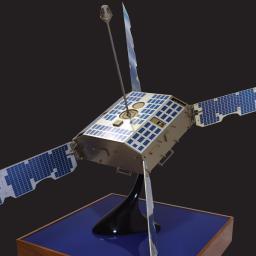 |
by Ivan Amato on (#6TQBK)
|
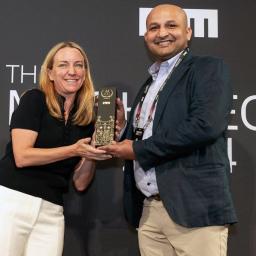 |
by Kathy Pretz on (#6TQBM)
|
 |
by Amanda Davis on (#6TR3M)
|
 |
by Amanda Davis on (#6TP40)
|
 |
by Willie D. Jones on (#6TN3Y)
|
 |
by Evan Ackerman on (#6TMYF)
|
 |
by Dina Genkina on (#6TMPN)
|
 |
by Dariusz Jemielniak on (#6TJ7Y)
|
 |
by Tariq Samad on (#6THJ3)
|
 |
by Nathan E. Sanders on (#6THAA)
|
 |
by Jennifer Fong on (#6TG9G)
|
 |
by Evan Ackerman on (#6TG9H)
|
by Evan Ackerman on (#6TFQZ)
by Joanna Goodrich on (#6TFH9)
 |
by Joanna Goodrich on (#6TE20)
|
 |
by Harry Goldstein on (#6TC4S)
|
 |
by Lawrence Ulrich on (#6TBYV)
|
 |
by Lawrence Ulrich on (#6TBYT)
|
 |
by Evan Ackerman on (#6TBYW)
|
 |
by Gwendolyn Rak on (#6TB33)
|
 |
by Chinmay Tompe on (#6TAJD)
|
 |
by Evan Ackerman on (#6TAGQ)
|
 |
by Matthew S. Smith on (#6TAB8)
|
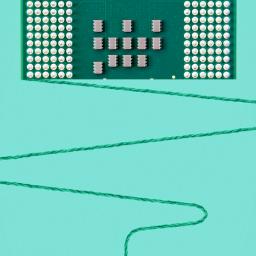 |
by Dina Genkina on (#6T9K2)
|
 |
by David Schneider on (#6T9H5)
|
 |
by Kohava Mendelsohn on (#6T924)
|
 |
by Amanda Davis on (#6T925)
|
 |
by Liam Critchley on (#6T8GM)
|
 |
by Eliza Strickland on (#6T8GN)
|
 |
by Kathy Pretz on (#6T820)
|
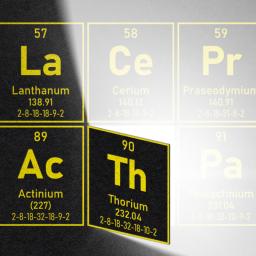 |
by Yu-Tzu Chiu on (#6T7TH)
|
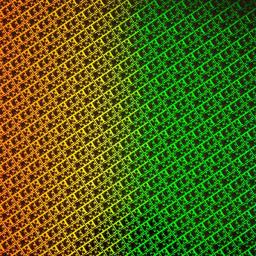 |
by Samuel K. Moore on (#6T7TJ)
|
 |
by Margo Anderson on (#6T7A5)
|